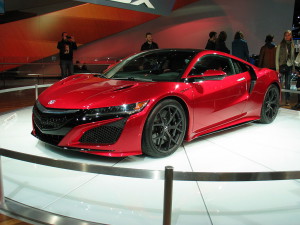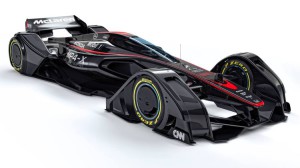On CarlTurnley.net I often blog about my love of cars and racing–it’s a passion that I’ve held for quite some time. While I can fully recognize that not everyone shares the same love of cars that I do, if you’ve found yourself on this website, reading my autoblog, there’s a good chance that you’re interested.
Whether you love cars or simply drive one to work every day, automobiles have become a huge part of most people’s’ lives. They’re on the streets, in magazines, advertised in every other commercial, litter billboards everywhere and, of course, are on television. I’ll be the first to admit that a TV show about car might not sound exciting, but as the saying goes, don’t knock it until you try it.
- Counting Cars
Starting off the list is a good car show for non-car lovers to indulge in–a guilty pleasure for some people akin to watching Pawn Stars or other reality shows. The premise of Counting Cars is similar to that of American Restoration–the group restores and customizes classic cars and motorcycles. And, in typical reality-tv fashion, they argue and bicker throughout. Given the more “reality tv” aspect, many car lovers won’t be drawn to Counting Cars, but it’s great lazy TV.
- Fast n Loud
Coming in third in Ranker’s list of the best TV shows about cars, the show’s name speaks volumes (pun partially intended) to its content. The premise is the norm for auto shows; finding old, beat up, run down and otherwise junk cars and restoring them for a profit. A ot of the draw in this show comes from the characters and the skits they put on in each episode.
- Overhaulin’
A new concept on the list! Overhaulin’ is as much pure entertainment as it is a car show. The synopsis is fairly simple: the family or friends of someone who’s driving an old junker enlists the help of Overhaulin’ to “steal” the car (or have it towed by fake police, seized by repo men, etc). Then, the car is completely customized and restored and the owner of the car is surprised at the end of each episode with the return of their new car.
- Consumer Reports
Yes, you’re right, Consumer Reports isn’t a television show, but the long list of videos available on the YouTube channel provides more than enough video content. Consumer Reports is known for its stringent and meticulous reviews of cars with a variety of criteria to determine each year’s best buys.
- Top Gear
Did you expect number one to be anything else? Top Gear is a long-running English tv show that has spawned numerous spinoffs including an American version. None will completely replace the original, though. The conversational attitude about the whole series, the hosts’ hilarity and the challenges, races and specials make Top Gear a must watch.







